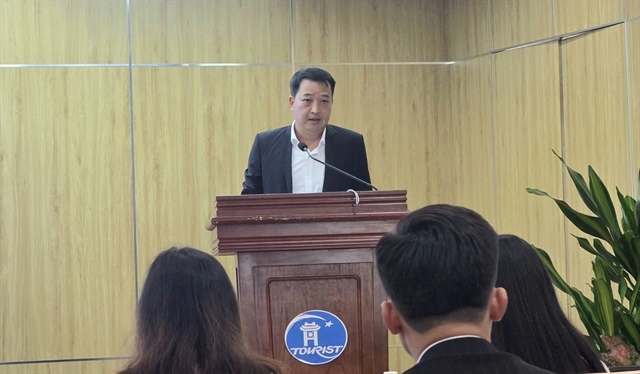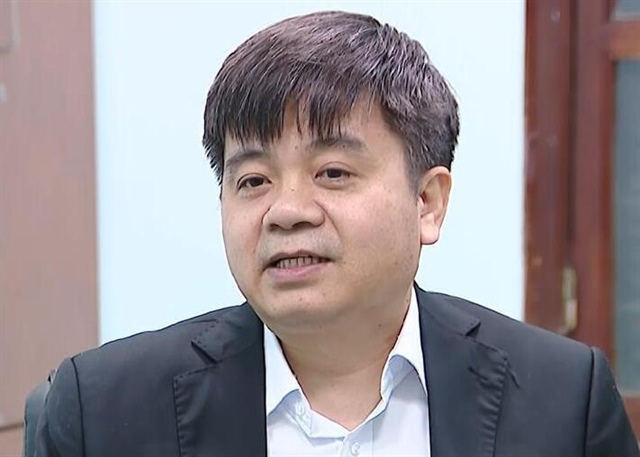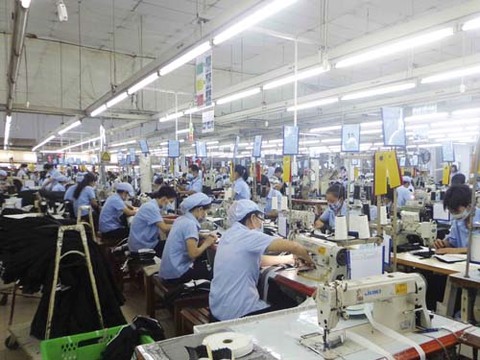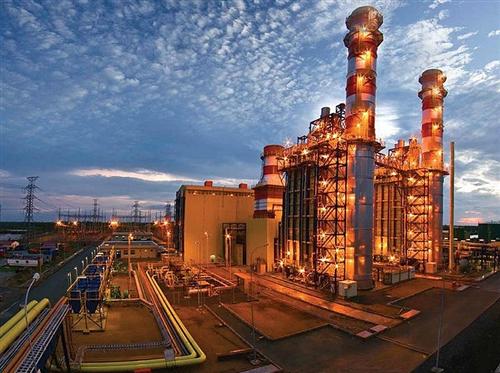Investors pay attention to renewable energy industry in Vietnam
Investors pay attention to renewable energy industry in Vietnam
Vietnam still has attraction for investors in solar power projects, according to the latest white paper focusing on the development of solar PV.
As the government vigorously develop alternative energy, which is solar PV and wind energy, international investors pay more attention to the renewable energy market, according to a whitepaper titled "Solar Projects in Vietnam."
The whitepaper was released on March 23 by Leader Associates to provide updates about the solar power industry in Vietnam.
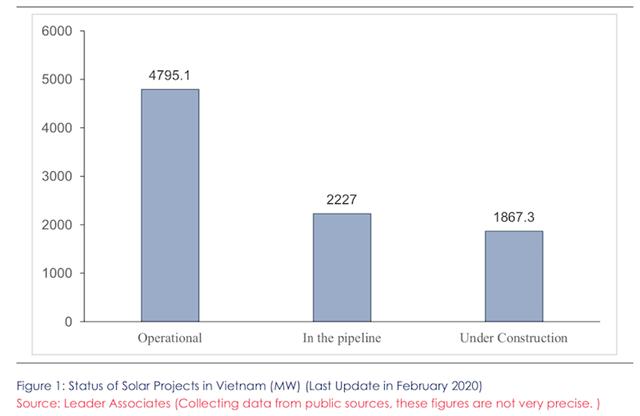
|
As of February, solar farms in Vietnam have a combined operational capacity of 4.8 gigawatts (GW), others having approximately 1.9GW are under construction, and about 2.2GW have been approved or announced by the government. “It is a recognized fact that Vietnam’s solar energy market was frenzied in 2019,” the report wrote.
According to the report, Vietnam has 67 operational solar projects, 24 other in the pipeline and 29 under construction.
Among the existing solar power stations in Vietnam, Ninh Thuan province has the largest installed capacity with 1GW. The provincial authorities have also planned to generate 3,912MW of solar energy by 2030.
There are around 900MW of solar projects which are under construction in Ninh Thuan, far more than any other province. If the capacity includes 500MW of solar projects which are in the pipeline, the total capacity of the solar farm will reach 2.4GW in the province.
Further south, Norway's Scatec Solar is seeking an investment license for 1,000MW solar power on Tri An Lake in Dong Nai province. This project also is one of the eight solar power projects with a total capacity of 5,400 MW under consideration to be built on Tri An Lake.
According to the report, these eight floating PV solar photovoltaic (PV) projects include a 1,500MW plant, another plant of 600MW and two others with capacity of 1,000MW each. The combined capacity of these projects will exceed the capacity of most of the current massive solar farms in Southeast Asia.
The current largest solar project in Southeast Asia is located in Tay Ninh province with a capacity of 420MW. BIM 2 and Hong Phong 1A-2B are the second-largest solar power plants, with a capacity of 250MW each in Ninh Thuan province and Binh Thuan province, respectively.
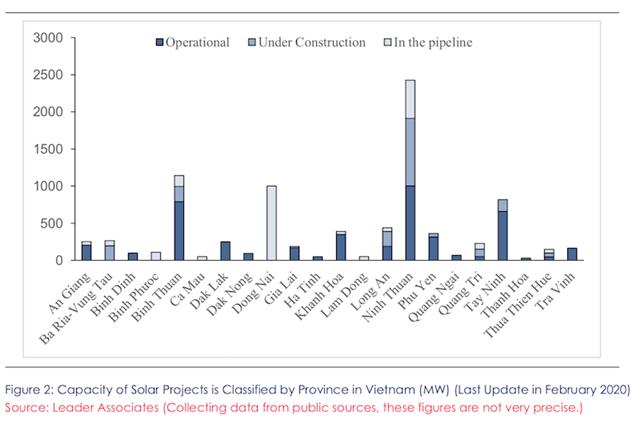
|
Regarding renewable energy, the report said Vietnam is heavily reliant on hydropower for electricity generation because there are plentiful water resources, followed by wind energy. More than 38% of the country’s electricity is produced by hydropower, and wind accounted for a mere 0.1%.
However, the potential output of undeveloped water resources is not enough to support the electricity demand in the short future.
Although the Vietnamese electricity price is US$0.07/kWh, which is at a low level in ASEAN countries, the power price would climb gradually due to the shortage of power.
Simultaneously, the government has issued an energy outlook that targets solar energy capacity of between 21GW and 40GW by 2035 and which increases the share of renewables to 32.7%.
In 2016, the majority of Vietnam’s energy was generated from fossil fuels. About 60% of Vietnamese electricity generation came from coal and gas.


